Time to get back to work, says Scott Morrison
More than 1.35 million Australians receiving JobSeeker payments will need to look for up to eight jobs a month under new rules.
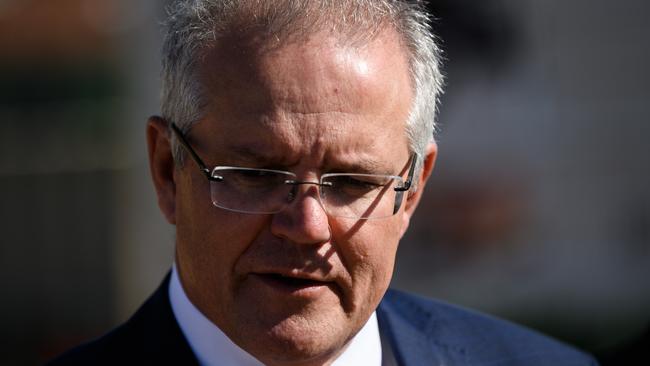
More than 1.35 million Australians receiving JobSeeker payments will need to actively look for up to eight jobs a month and accept offers of “suitable work”, under new responsibilities placed on dole recipients to encourage them off welfare and into the workforce.
As the national economy shows signs of recovery and states plan to reopen borders by Christmas, the Morrison government will tighten JobSeeker eligibility from September 28 and restart work-for-the-dole programs.
Stricter rules, suspended in March as millions of Australians were forced onto welfare programs, will mean the return of tougher penalties and income support payment suspensions for jobseekers who fail to look for work.
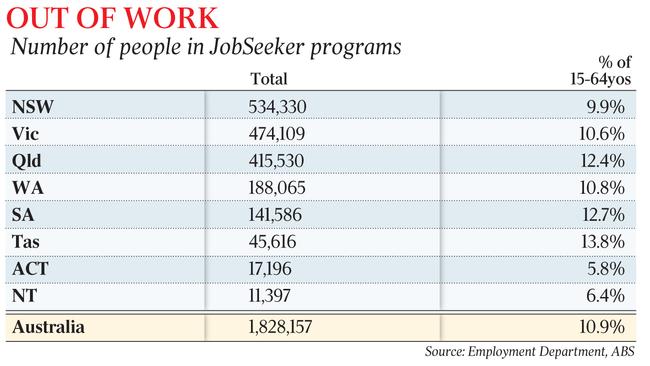
Under mutual-obligation requirements, workers, who were encouraged to apply for up to 20 jobs a month before COVID-19, were eased back to four jobs last month along with threats of penalties only if a person refused work without a valid reason.
New Department of Education, Skills and Employment data showed that, as of this week, 1.82 million Australians on JobSeeker were attached either to jobactive, online employment services, disability employment services and ParentsNext programs to find work.
Other pre-coronavirus measures being reactivated include welfare recipients having to agree to job plans and attending appointments with employment service providers.
JobSeeker recipients on income support for 12 months will be expected to take part in work-for-the-dole activities where it is “safe to do so”. The 474,109 jobseekers in Victoria will continue to have mutual-obligation requirements suspended as the state manages a second wave of COVID-19.
In July last year, there were 686,156 Australians on dole payments. This rose to 1.45 million at the end of July this year.
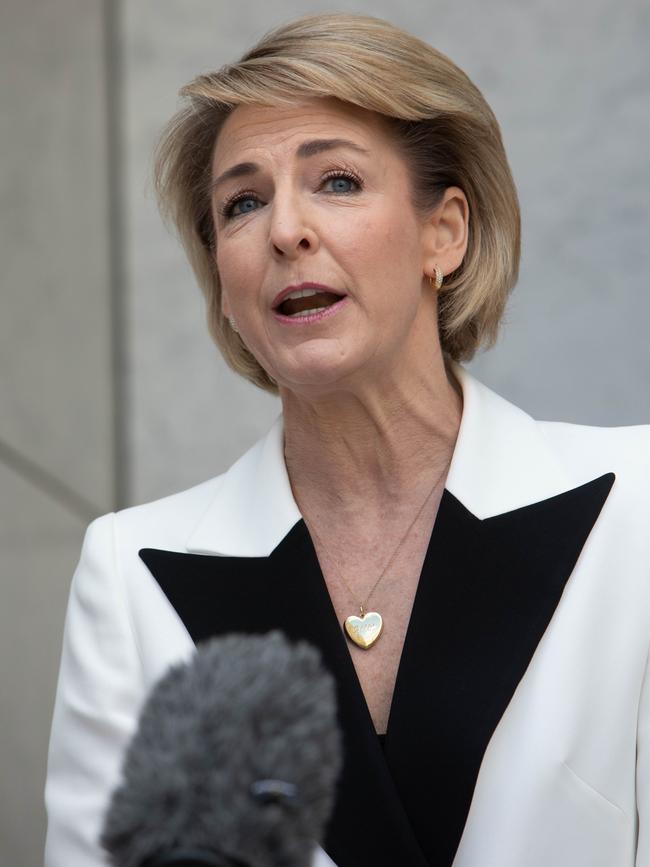
Analysis by The Australian shows the impact of the COVID-19 pandemic on employment, with more than 12 per cent of the Queensland and South Australian workforce reliant on government support, 13.8 per cent in Tasmania, 10.8 per cent in Western Australia, 10.6 per cent in Victoria and 9.9 per cent in NSW. The government hopes the recommencement of mutual-obligation requirements will push welfare recipients into work or into studying new skills ahead of JobKeeper and JobSeeker payments being reduced at the end of the month.
Since the beginning of the pandemic, $54.79bn has been paid out under the JobKeeper scheme, and $12.3bn under JobSeeker, according to Treasury officials.
Scott Morrison said on Thursday that JobKeeper, credited with keeping thousands of businesses afloat through the pandemic, was never intended to be “permanent” and predicted companies would begin moving off the wage subsidy scheme.
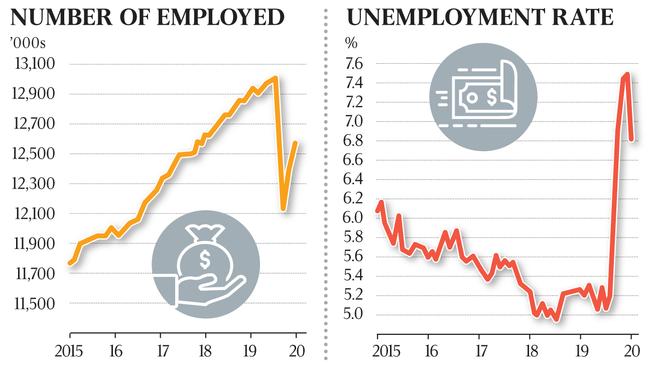
The Prime Minister said Treasury had advised that the effective rate of unemployment would stay around the 14 per cent mark.
“We want to see that come down,” Mr Morrison said.
“It was falling before the Victorian wave hit us. And with Victoria opening up again, we would expect that to see that fall again.
“But you can’t keep the Australian economy on JobKeeper forever. That is not a way to do things. Currently, it’s costing about $11bn a month.”
Employment Minister Michaelia Cash said the August labour force figures demonstrated more Australians were returning to the workforce and an increased demand from businesses.
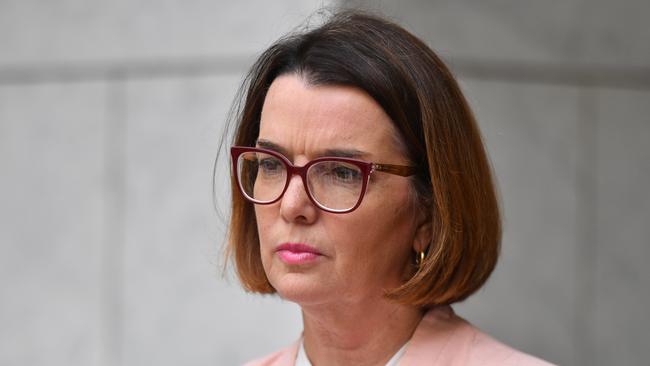
She said the purpose of mutual obligation was to assist jobseekers through tasks and activities designed to “get them a job”.
“The government is focused on getting Australians off welfare and into work and ensuring they remain connected with the labour market,” Senator Cash said.
“We understand that given the changing nature of the labour market, jobseekers need to be given the opportunity to train, retrain and upskill as part of their mutual obligations to ensure that they become more employable in areas of high skill demand.”
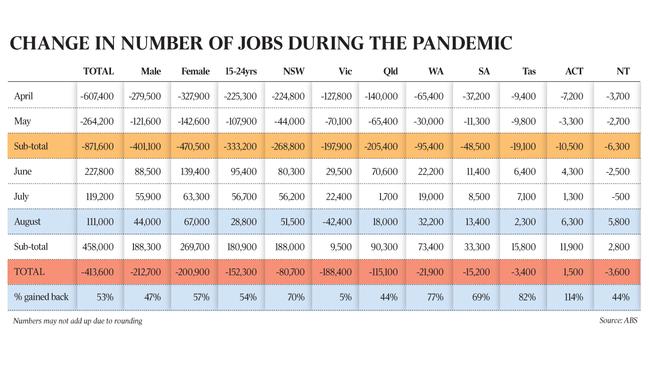
The $550-a-fortnight coronavirus supplement will be lowered to $250 from September 24 to December 31. JobKeeper wage subsidy payments will also be scaled back from September 28, reducing to $1200 and $750 per fortnight depending on hours worked a week.
Ahead of the October 6 budget, Mr Morrison said, there were “a lot of other things we also need to invest in for Australia’s growth”.
“Keeping the Australian economy on life support through those types of payments is not a long term plan,” the Prime Minister said. “It’s a short-term plan. It’s been an essential lifeline. It’s there till the end of March. And in the budget in a few weeks’ time, we’ll be announcing a lot of new plans.”
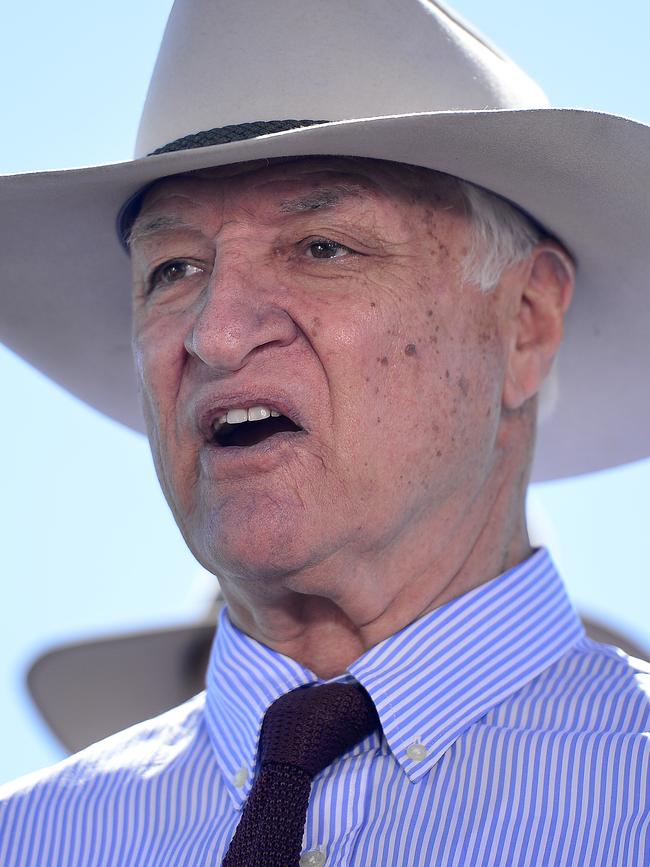
Social Services Minister Anne Ruston said all jobseekers would be notified of the expanded mutual obligation requirements before September 28.
“Special circumstances exemptions continue to be available through Services Australia for job seekers who require them,” Senator Ruston said.
North Queensland MP Bob Katter on Thursday backed a parliamentary committee proposal to give school leavers and university students incentives to complete an 18-month work gap in their studies to meet shortfalls in fruit picking, hospitality, tourism, mining and meatworks facilities.
Mr Katter said gap-year participants could be provided a $20,000 benefit.


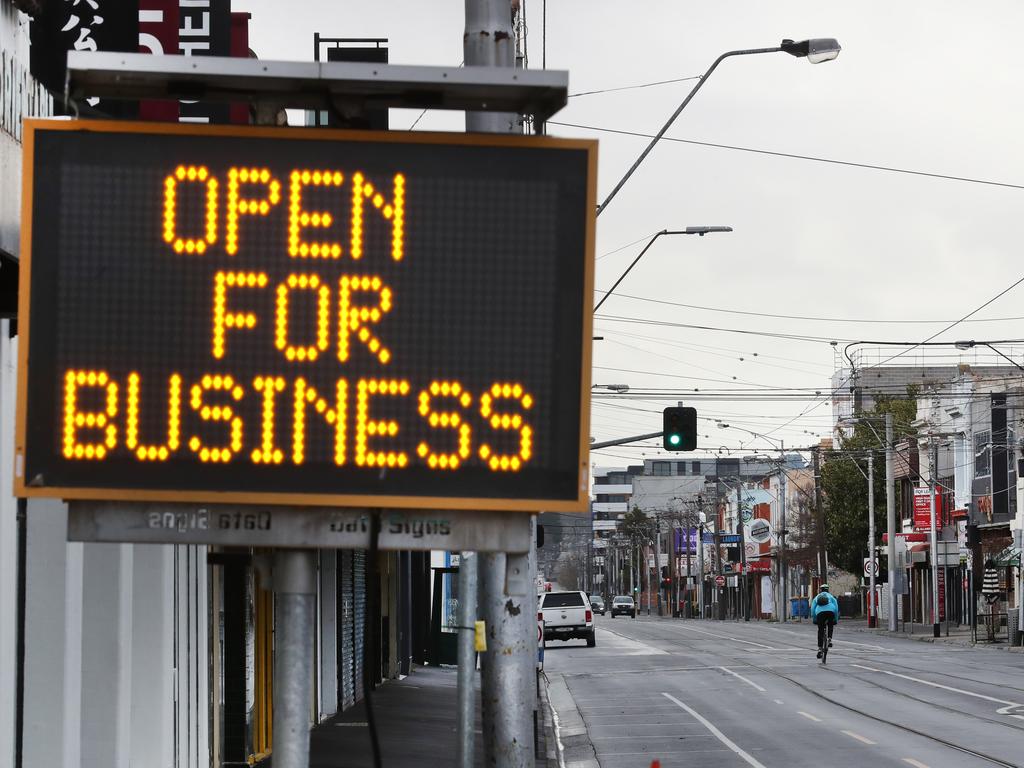





To join the conversation, please log in. Don't have an account? Register
Join the conversation, you are commenting as Logout